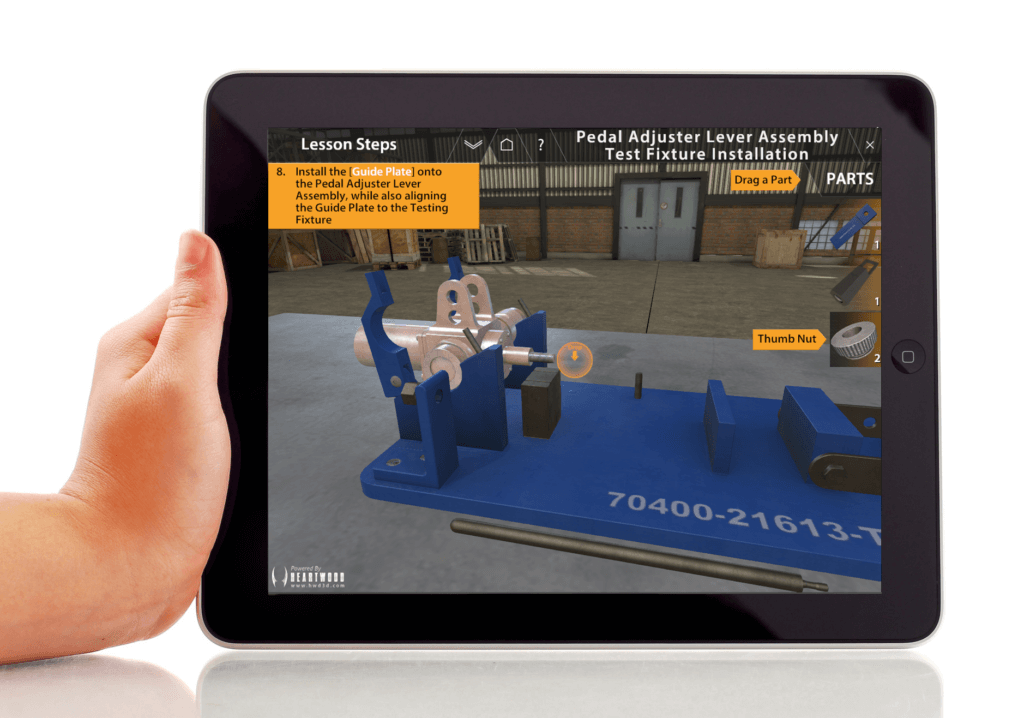
If on-the-job training is seen as a burden to a company’s bottom line, a headache for scheduling managers, and tedious to trainers – how excited do you think new hires will be about it? Not very. Student and instructor fatigue is a scourge on your training program – but luckily it’s one that can be avoided.
Whhhyyyy… do we have to train… again????
Student and instructor fatigue sets in for a few reasons:
- Training too often due to high employee turnover. Frequently the result of bad training, new hires train and leave quickly, the process starts again, and trainers become burned out.
- Disorganized refresher training/certification schedules. Workers continually get pulled from production, putting them behind in their daily tasks, making them resent training.
- Outdated, un-engaging training methods and materials. Trainers and trainees are bored and uninspired.
Like eating your vegetables, training is necessary – but when training fatigue sets in, the results can be much more serious than a vitamin deficiency.
The danger of – and cure for – “Git-R-Done” syndrome
It might be funny when Larry the Cable Guy utters the phrase, “Git-R-Done!” – but as a training philosophy, it’s problematic. Unfortunately, it’s the prevailing attitude when training fatigue is prevalent.
Mistakes are most likely to be made when bored trainers and trainees become more focused on “getting through” training than the training itself. And though many companies follow that approach, rushing through training and checking boxes for the sake of it does nothing to further actual knowledge and mastery.
Shortcuts result in changes to the way work is performed, affecting productivity and workplace safety – which leads to potentially exorbitant costs in terms of OSHA fines, or lawsuits due to injuries or even death.
So what can organizations do to break this cycle? Solving item 3 above – making training methods and materials more engaging – offers a fix for other training fatigue issues as well. Especially when you incorporate digital technology like 3D Interactive Simulation apps.
Current technology gives training programs a boost
 Because 3D Interactive modules are portable, trainees can go over training materials on their own prior to instructor-led sessions, making that time more productive. Training can even happen in a group setting, since job tasks are simulated on tablets – versus live equipment, which requires taking turns against a running clock.
Because 3D Interactive modules are portable, trainees can go over training materials on their own prior to instructor-led sessions, making that time more productive. Training can even happen in a group setting, since job tasks are simulated on tablets – versus live equipment, which requires taking turns against a running clock.
Of course, it’s not just about technology. Power-points are technology – but they’re hardly engaging, and training must be.
Think of the difference between video games and movies. A movie might hold your attention – but because you’re not actively engaged, you could as easily fall asleep. With multiple viewings those odds increase because there’s no stimulation. Your brain knows what’s coming and tunes out.
This is what happens to trainers and trainees using outdated materials and methods.
However, this situation doesn’t occur when playing an interactive game. Choices must be made, physically, and consequences are experienced in real time.
No one falls asleep playing a game. 3D Interactive training modules offer the same engagement.
“Play is our brain’s favorite way of learning.” – Dianne Ackerman
And this type of learning is expected now. Millennials – a group that has literally grown up with digital technology in the palms of their hands – are now the largest working population. They’re ready to swipe, scroll, and tap – so don’t expect a power-point to grab them.
If you want training to be successful, you’ve got to make it something worth staying awake for – on both the instructor and student end. Anything less will be to your organization’s detriment.
Reach out to learn more about updating your training to 3D Interactive Simulation modules.


